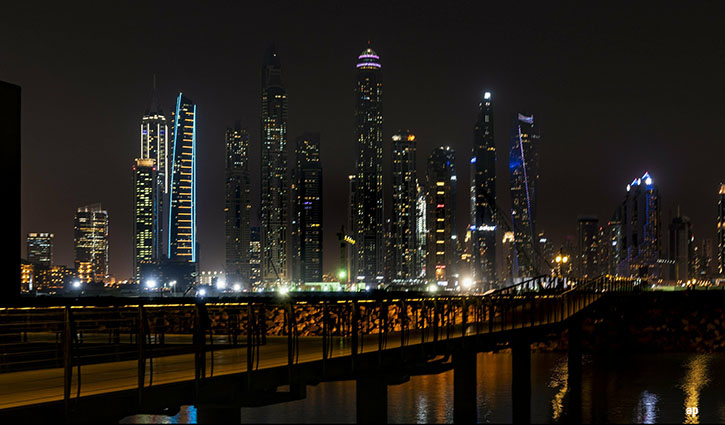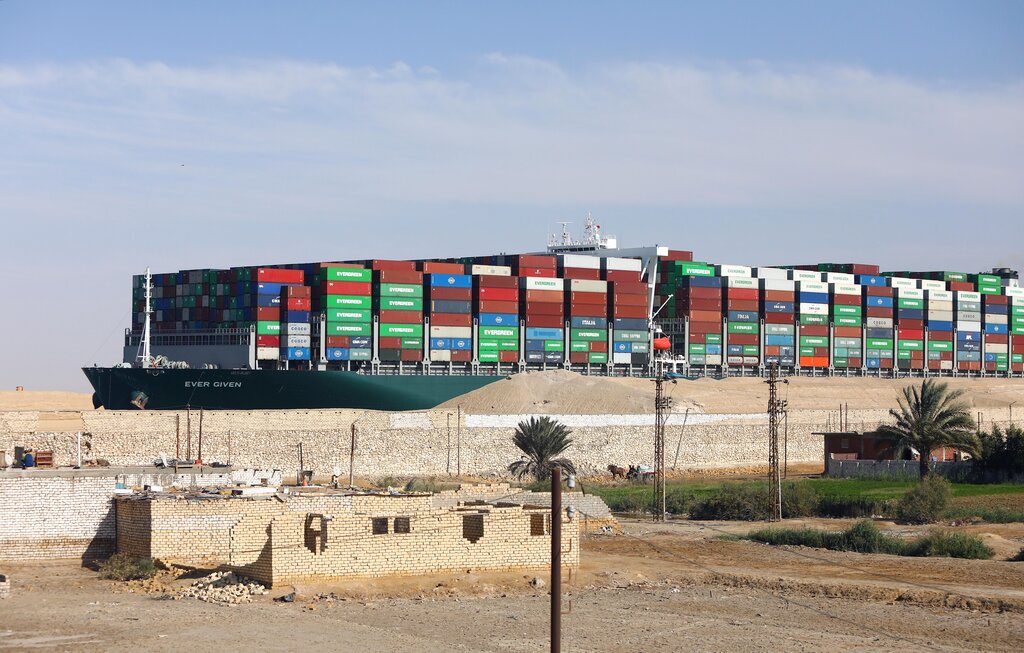Sea freight is thought to be an indispensable link that enables the global e-commerce sector to thrive, even during the pandemic.
As a result, freight forwarders and shipping agents have enjoyed their most lucrative period ever. The golden age for shipping firms is also epitomized by container shipping companies like Taiwan's Evergreen, which offered a generous year-end bonus to employees, in some cases, as much as 40 months’ salary.
According to Freightos Baltic's index, in 2021, the average price of shipping a container from Asia to the US west coast grew by 500% year on year, amounting to almost US$20,000 for a 40-foot container, compared to less than US$2,000 in 2020.
However, analysts ask investors to look beyond impressive financial returns, at supply chain bottlenecks and the ESG risks that ocean carriers hold.
Tatiana Vediakova, ESG Research Analyst at Morningstar says:“Several uncontrollable external factors have been causing transportation disruptions. Nonetheless, it has become apparent that ocean carriers’ poor risk assessment and failure to adapt effectively to post-2020 conditions have also aggravated supply chain issues.”
Bigger Ships Cause Bigger Harm
The Suez Canal blockage and other examples of mega-ships running aground are wake-up calls. “The average size of a container ship has doubled in the past 20 years, with the largest ships now capable of hauling 24,000 containers,” says Vediakova. Even though shipping companies claim that larger container ships provide them economies of scale and are more fuel efficient and environmentally friendly, operating a mega-ship proves to be time inefficient due to longer freight shipment hours, and prolonged loading and discharging.
“Worse still, wider ships lead to shoreside cranes requiring more time to unload each container from the vessel. Moreover, stacking containers higher also makes them less stable in strong winds. Additionally, mega-ships are more exposed to port navigation problems and fires, which can lead to complex and disproportionately expensive rescue processes in the event of accidents,” Vediakova highlights.
Better Carbon Disclosure, But Not Enough
Other than tangible harms caused to coast and service users, carbon emission, disclosure and regulatory developments are also worth noting.
According to Vediakova, the number of companies in the Asia Pacific that make disclosures about their carbon footprints grew compared to five years ago, driven by regulatory schemes and mandatory ESG disclosure rules. However, there are areas for them to improve, namely greenhouse gas reduction commitments, data quality, and disclosure of human capital metrics, such as gender pay gap figures.
Meanwhile, cost pressure and concern arise, especially on human capital. “Asian carriers may face increasing competition from international carriers over recruitment, considering that Asia, especially the Philippines, Indonesia, and China, are the largest providers of seafarer workforce in the world,” she adds. Crew shortages and growing seafarer wage rates have also lifted operational costs for carriers.
Keeping Up with Investor Expectations
Developments around regulations around the reduction of greenhouse gas emissions are on track, both on the national and international levels.
According to Morningstar Sustainalytics, maritime nations like China, India, Japan, South Korea, and Singapore are all International Maritime Organization’s (IMO) member states and are therefore automatically involved in the development of IMO’s new greenhouse gas regulations.
In addition, they all have their national decarbonization policies and strategies, exposing ocean carriers to different mandates on the reduction of greenhouse gas emissions.
In China, the emission trading scheme is up and running, but has yet to cover the shipping sector. “While the application to shipping is still under discussion, owners and charterers should reassess their regulatory risks if such schemes, in the end, come into force,” she says. This will imply broader sectoral implications. As the launch of new environmental protection regulations will lead to an increase in the investment cost of new ships, weaker carriers will be particularly impacted.
Regulation is one force that drives a larger extent of carbon reduction, there are many initiatives that carriers can do to push to a lower carbon future. “In Japan, for example, leading carriers, like Kawasaki Kisen Kaisha, Mitsui O.S.K. Lines, and Nippon Yusen KK, plan to introduce new types of vessels that consume lower-carbon fuels, as well as to accelerate initiatives of using alternative hydrogen, ammonia, and offshore wind power.”
While Vediakova thinks disclosure and plans to reduce emissions are on the right path, there’s still an unknown in the equation. “From a geopolitical point of view, tensions between the US and China over Taiwan raise risks in one of the busiest shipping lanes. The Taiwan Strait is the primary route for ships passing from China, Japan, South Korea, and Taiwan, carrying goods from Asian factory hubs to western markets,” Vediakova concludes.
:quality(80)/cloudfront-us-east-1.images.arcpublishing.com/morningstar/EOGIPTUNFNBS3HYL7IIABFUB5Q.png) Resist Doomism: How Investors Can Address Climate Risks Here and Now
Resist Doomism: How Investors Can Address Climate Risks Here and Now
 Will 1.5° Die in Dubai?
Will 1.5° Die in Dubai?
 Upcoming changes to our membership offerings, tools, and features
Upcoming changes to our membership offerings, tools, and features
 Highlights from the 2025 Morningstar Fund Awards (Singapore)
Highlights from the 2025 Morningstar Fund Awards (Singapore)
.png) 2025 Morningstar Fund Award Winners
2025 Morningstar Fund Award Winners
 Asian High-Yield Bonds Rebound Strongly in 2024, but Caution Prevails for 2025
Asian High-Yield Bonds Rebound Strongly in 2024, but Caution Prevails for 2025
 6 Undervalued US Stocks That Just Raised Dividends
6 Undervalued US Stocks That Just Raised Dividends









.jpg)





